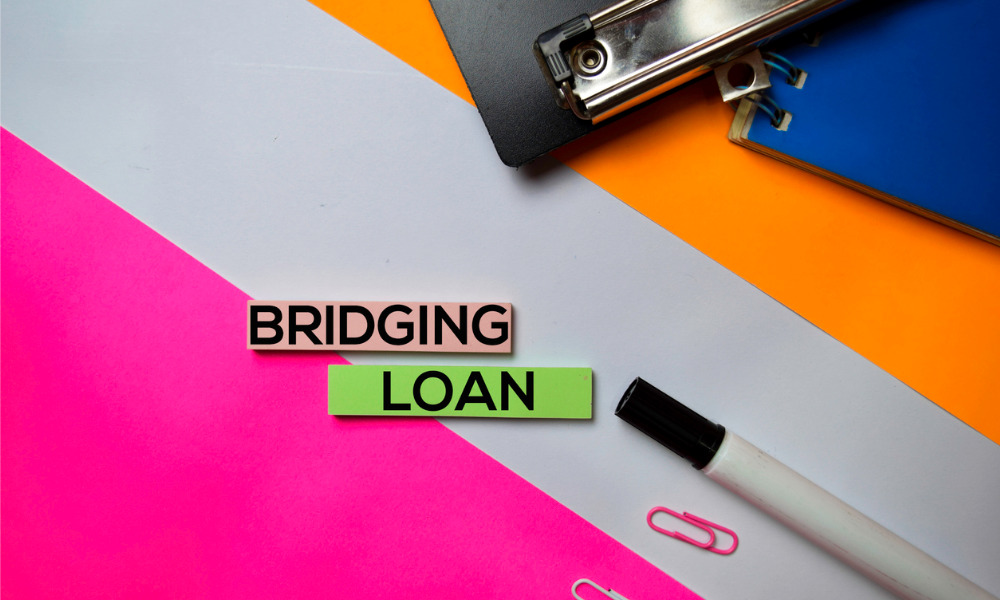Research figures reflect an increasingly volatile housing market

Bridging loan lending has increased by nearly 50% since the Bank of England began raising the base rate in mid-December 2021, the latest market analysis by Revolution Brokers has revealed.
The research showed a 20.3% quarterly increase of bridging loans in the third quarter of 2022, hitting £214.7 million in total value. These loans also recorded a 12.9% increase annually, and a 47.6% rise since the base rates started rising.
Aside from total bridging lending, the average loan-to-value (LTV) has also increased significantly since the beginning of the base rate rises. The current average LTV of 59.6% represents a quarterly rise of 3.5% and an increase of 2.3% since mid-December.
According to Revolution Brokers, this demonstrates the impact of rising base rates on homebuyers and means that people are now borrowing more than they were during the height of the pandemic.
The most common reason for a homebuyer taking out a bridging loan is a chain break, with 22% of all bridging loans taken out in Q3 2022 identified as the result of a broken chain. Another contributor to the rise in borrowing is unregulated refinance, which currently accounts for 13% of all bridging loans.
Read more: Bridging loans post record figure in Q3.
While investment properties are currently the second most common reason for taking out a bridging loan, the 16% of all loans they account for marks a 13% drop compared to Q4 2021 and an 8% drop in the past quarter alone. Revolution Brokers noted that this suggests that, in the midst of economic uncertainty and cost-of-living increases, people are choosing to avoid spending money on investment properties.
“At a time when investment purchases are dropping but total bridging loan lending is on the rise, it’s reasonable to conclude that the housing market has become increasingly volatile in recent months,” Almas Uddin, founding director of Revolution Brokers, commented.
“The rise in broken chains, for example, could be partially because many buyers are taking a look at living costs and rising mortgage rates and having second thoughts about imminent purchases, pulling out at the eleventh hour.”



